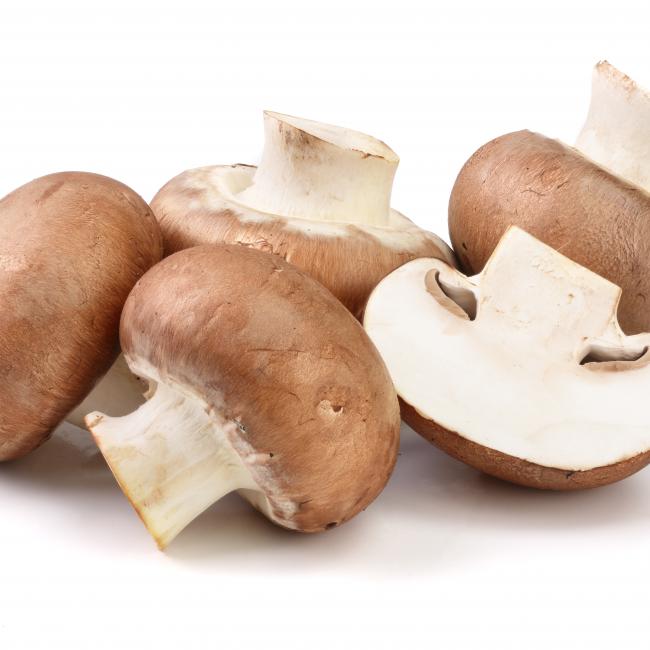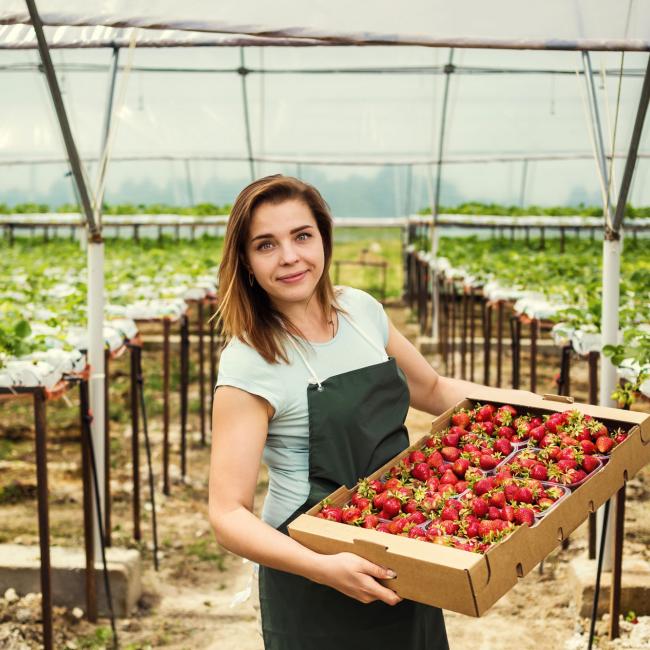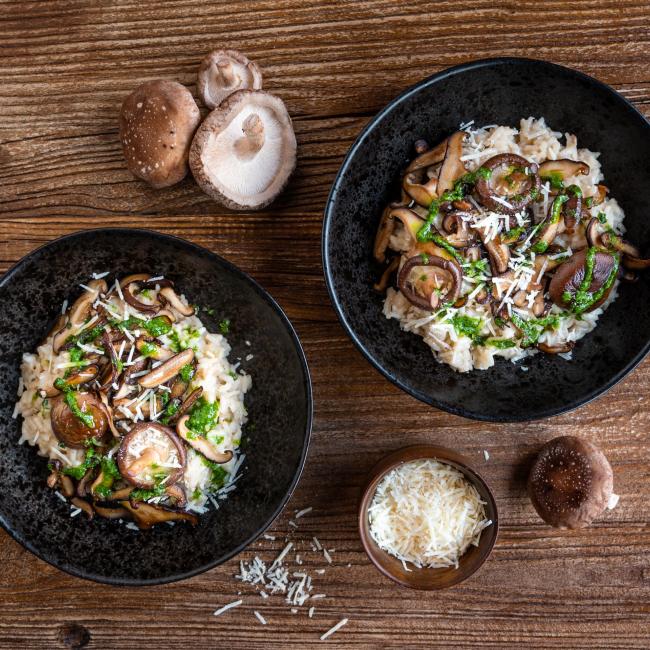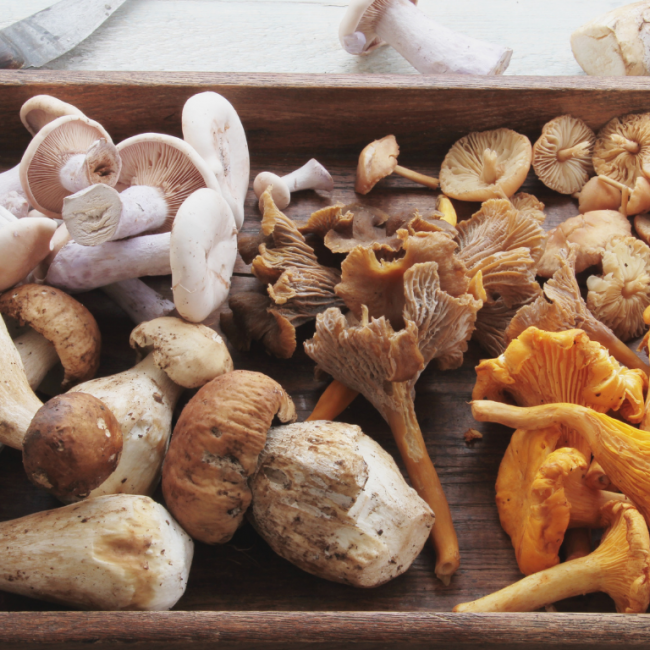
Blog
3 tips to increase your fair share in fresh produce products
Selling fruit and vegetables has always been difficult. Fortunately, in recent years there have
been various consumer trends that can make this task a lot easier for retailers. By creatively
responding to these consumer trends, retailers can make gains in the fair share of fruit and
vegetable productson!

Tip 1 - Delivering nutritional values and capitalising on healthy eating as a trend
Consumers today are motivated to work on their health and resistance, especially now with
the coronavirus among us.
Vegetables and fruit are:
● High in vitamins.
● High in minerals.
● Largely low-calorie.
It is therefore extremely suitable for strengthening your health and resistance. How can you
respond to this as a retailer?
Many AGF products are not packaged, which means that the consumer cannot directly see
the nutritional values of these products; a missed opportunity. Each type of vegetable or fruit
has its own specific dietary values that contribute to your health. A courgette, for example, is
full of potassium, which is good for keeping the heart and blood vessels healthy. Few
consumers know this, but they would like to know it.
By placing these nutritional values on the shelves, and making this transparent for the
consumer, you can capitalise on the health trend. You can also place QR codes on the
shelves (or on the packaging) that lead to a page on your website where this information can
be found. This way, you can show how healthy these products are (possibly increasing traffic
to your website) and stimulate demand for them.
Tip 2- Guide the consumer in cooking
The modern consumer cooks less often than before. On average, people in the Netherlands
spend 18 minutes preparing dinner. The consequence of spending less time in the kitchen is
that people no longer know what to cook and how to prepare certain ingredients. As a result,
they tend not to use vegetables they have never cooked with before.
A solution to this problem is to offer different vegetables next to each other, which together
form a dish with an accompanying recipe. This inspires the consumer to cook new dishes
even though they may be unfamiliar with certain fruit and vegetable ingredients in the recipe. Of course,
everything is explained in the recipe. This way, you can cross-sell, lower the threshold to
cook with an 'unknown' vegetable and stimulate the demand for such a product.
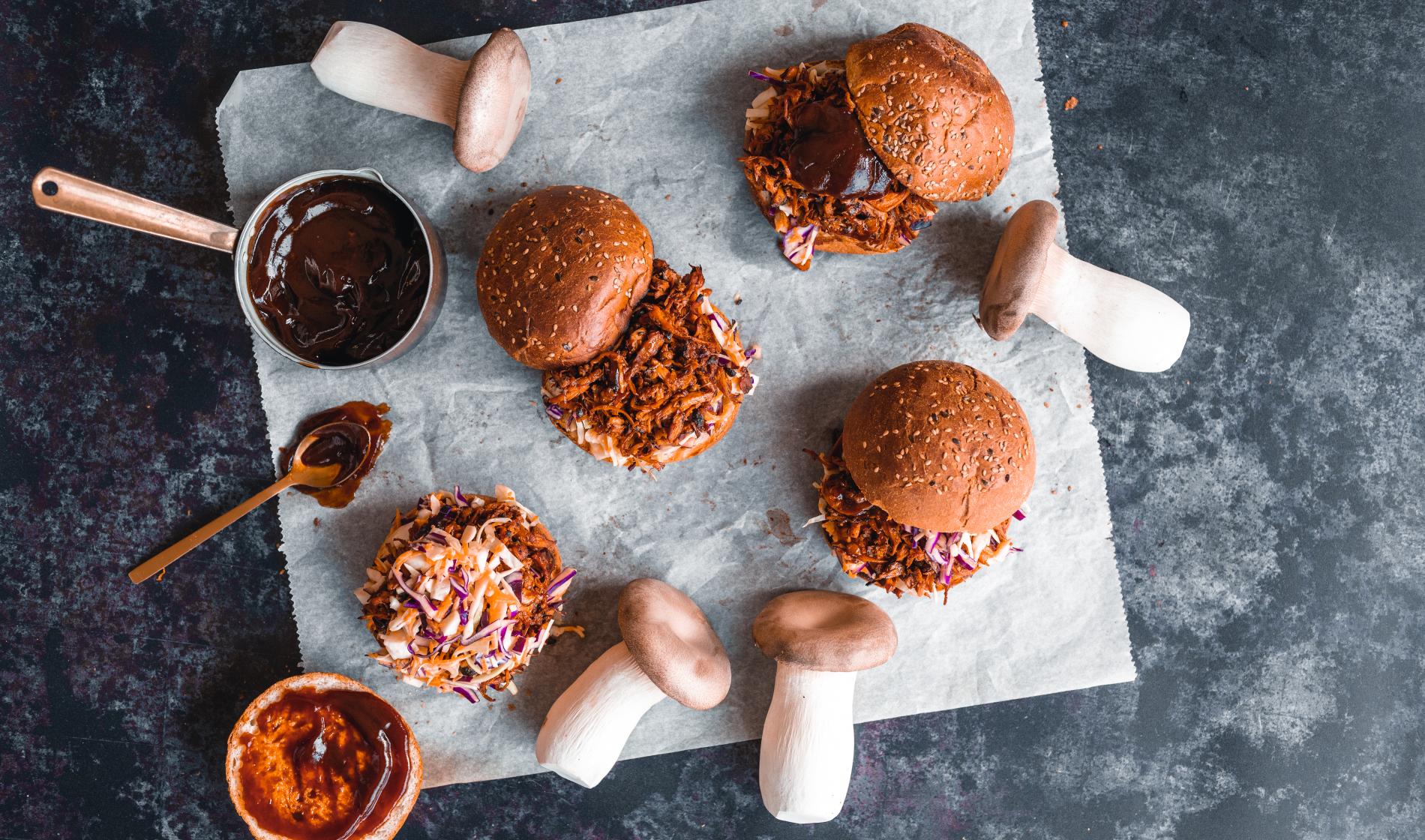
Tip 3- Use the sustainability of fresh produce products to your advantage
An ever-growing trend among consumers is, of course, the demand for sustainable products.
A survey by the ITC shows that in 2019, 85% of the 550 retailers surveyed saw an increase
in sales of sustainable products. Compared to meat products and dairy products, the
ecological footprint of fruits and vegetables is small. By providing insight into the ecological
footprint, you can show consumers that you are responding to this trend. An indication on
the packaging (or next to the nutritional values on the shelves) of the ecological footprint,
compared to less sustainable products, can then stimulate demand.
Responding to consumer trends is of all times. By looking at these trends with a creative
eye, you can use them to your advantage as a retailer. Fortunately, the current trends lend
themselves perfectly to stimulating the demand for fresh produce products. Are you interested in more information about the fresh produce market? For example, we have an extensive report on the
mushroom market.
Request a sample package now including recipes*

*only applies to companies in the food industry


